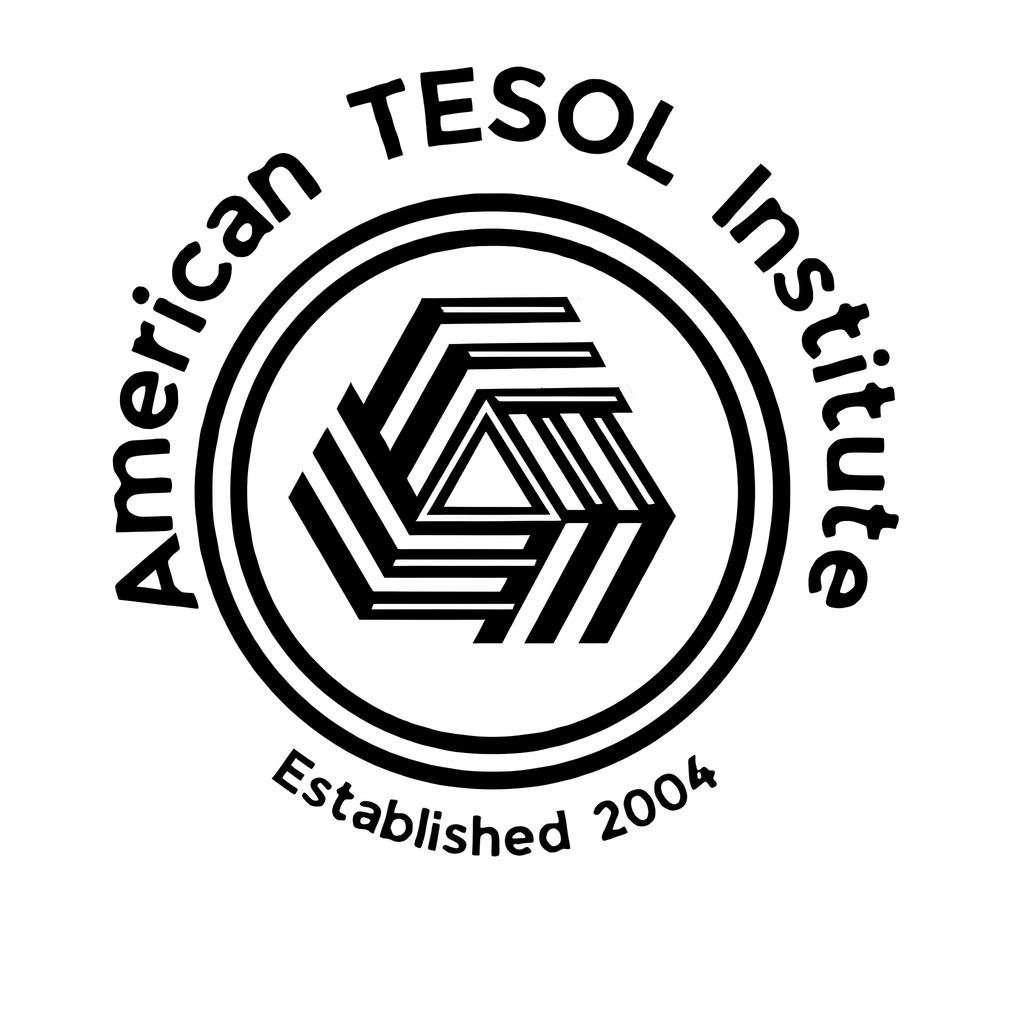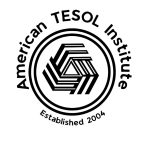Artificial Intelligence (AI) is revolutionizing education by offering innovative tools and resources that enhance teaching and learning experiences. For TESOL teachers, AI provides unique opportunities to improve language instruction, personalize learning, and engage students in dynamic ways. This article explores how AI is reshaping the TESOL classroom with practical examples and applications.
How AI Benefits TESOL Education
- Personalized Learning
AI adapts to individual student needs, providing customized lessons, exercises, and feedback.
Example: Language learning platforms like Duolingo use AI algorithms to assess learners’ strengths and weaknesses, tailoring lessons to focus on specific areas for improvement. - Efficient Assessment
AI-powered tools streamline grading and assessment, saving teachers time while offering detailed insights into student performance.
Example: Grammarly evaluates grammar, spelling, and style in real time, helping students polish their writing while teachers focus on content. - Engagement Through Interactivity
AI tools create interactive learning environments that keep students motivated.
Example: Virtual assistants like ChatGPT allow students to practice conversational English in a low-pressure, engaging way. - Real-Time Feedback
AI provides immediate corrections and suggestions, enabling learners to adjust and improve quickly.
Example: Speech recognition software like Google Translate analyzes pronunciation and suggests corrections, helping students refine their speaking skills.
Examples of AI Tools for TESOL Education
1. Adaptive Learning Platforms
- Knewton: Adapts learning paths for each student based on their performance, ensuring progress at an optimal pace.
- Rosetta Stone: Uses AI to tailor lessons to individual learners and improve pronunciation accuracy.
2. AI-Powered Writing Assistants
- Grammarly: Helps students with grammar, punctuation, and vocabulary usage in essays or reports.
- ProWritingAid: Provides detailed feedback on sentence structure, style, and readability, perfect for advanced language learners.
3. Chatbots for Conversational Practice
- Replika: Offers students a conversational partner to practice informal English.
- ELSA Speak: Specializes in improving English pronunciation using AI-powered speech analysis.
4. Language Learning Apps
- Duolingo: Combines gamification and AI to adapt lessons to the learner’s proficiency level.
- LingQ: Uses AI to curate language content based on the user’s interests.
5. Virtual Reality (VR) and AI Integration
- ImmerseMe: Combines AI and VR to create immersive environments where students can practice English in real-world scenarios, like ordering food or booking a hotel.
- Mondly VR: Offers AI-driven conversational practice in a virtual setting.
6. AI-Driven Content Creation
- Canva AI: Helps teachers create visually appealing and engaging lesson materials.
- EdPuzzle: Leverages AI to create interactive video lessons by embedding quizzes and comments tailored to student needs.
7. Pronunciation and Speaking Tools
- Speechmatics: Uses AI to analyze and provide feedback on pronunciation accuracy.
- VoiceThread: Enables students to practice speaking by recording and sharing audio responses, enhanced by AI-driven insights.
AI for Classroom Management
AI is not just for direct language instruction—it also supports teachers in managing their classrooms more effectively:
- Smart Scheduling: AI tools like Schoolytics analyze student performance and attendance, helping teachers identify at-risk learners.
- Behavior Monitoring: AI systems such as Classcraft gamify classroom management, rewarding positive behavior and engagement.
Potential Challenges of AI in Education
- Cost and Accessibility
Many AI tools require subscriptions, making them inaccessible for underfunded schools or programs. - Data Privacy Concerns
AI systems often collect and store user data, raising concerns about how this information is used. - Over-Reliance on Technology
While AI enhances learning, it cannot replace the human touch that fosters empathy, creativity, and critical thinking in the classroom. - Equity Issues
Not all students have equal access to the technology needed to use AI tools, potentially widening educational gaps.
Best Practices for Using AI in TESOL
- Integrate, Don’t Replace
Use AI as a supplement to traditional teaching methods, not a replacement. Combine AI tools with face-to-face interactions for a well-rounded approach. - Monitor Progress
Regularly review student performance data from AI tools to identify trends and tailor your teaching strategies. - Teach Digital Literacy
Help students understand how to use AI tools effectively and responsibly, preparing them for a tech-driven world. - Stay Updated
AI technology evolves rapidly, Attend workshops, read articles, and participate in webinars to stay informed about the latest advancements in AI for education.
Conclusion
Artificial Intelligence is transforming TESOL education, providing teachers with innovative tools to enhance language learning. From adaptive learning platforms to conversational chatbots and virtual reality applications, AI enables more personalized, efficient, and engaging teaching methods. While challenges like accessibility and privacy remain, thoughtful integration of AI tools can revolutionize how English is taught and learned. By embracing AI, TESOL teachers can create a dynamic and effective learning environment that empowers students to achieve their language goals. Whether you’re using AI for lesson planning, assessment, or interactive learning, the future of education is here—powered by the possibilities of Artificial Intelligence.



